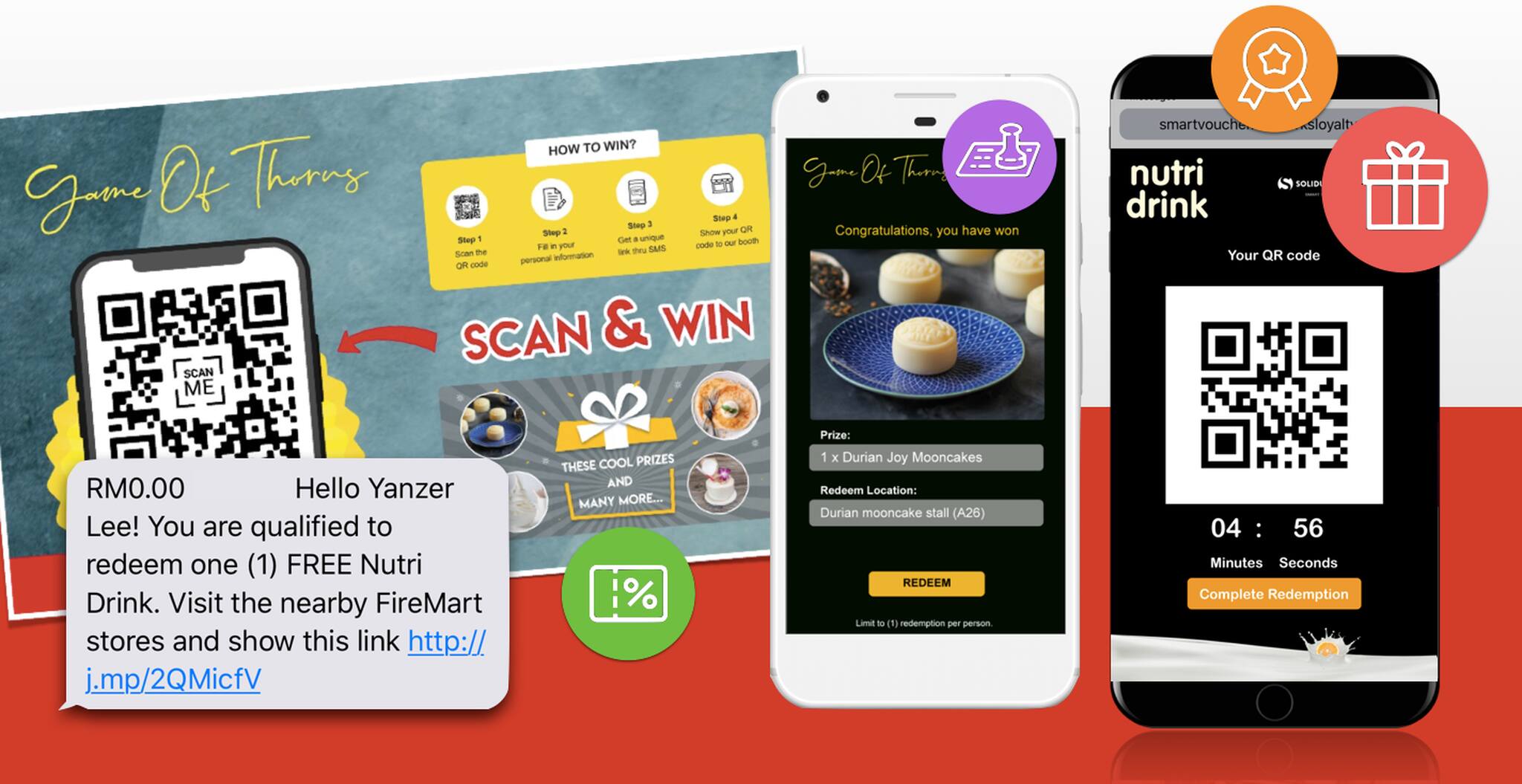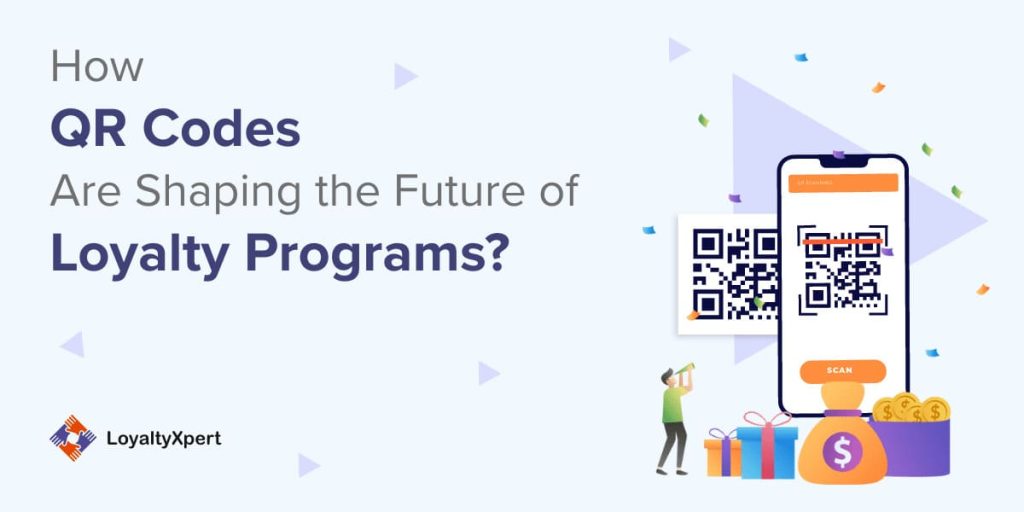Increase Client Retention With a Powerful Commitment System
In today's affordable industry, enhancing consumer retention is not simply helpful but vital for sustained development. A properly designed loyalty system functions as a critical tool in this venture, cultivating meaningful relationships in between organizations and their consumers. By recognizing the fundamental components of effective loyalty programs, organizations can tailor their techniques to meet diverse consumer needs. Loyalty System. The subtleties of execution and the dimension of success can be intricate. What certain components can genuinely transform a common commitment effort into a strong affordable benefit? Checking out these concerns may reveal key understandings for your organization.
Relevance of Client Retention
Client retention is a cornerstone of lasting organization success. It shows the capacity of a firm to keep its customers involved and satisfied over time, leading to repeat purchases and long-lasting profitability. Retaining existing consumers is frequently more affordable than getting brand-new ones, as it minimizes advertising expenses and fosters a dedicated client base that supports for the brand.

In addition, high customer retention prices can improve a business's reputation in the marketplace, drawing in brand-new consumers through favorable word-of-mouth and recommendations. Companies that prioritize client retention are also much better positioned to collect useful feedback, allowing them to fine-tune their offerings and address possible problems proactively. Ultimately, reliable customer retention approaches produce a solid foundation for development, enabling businesses to prosper in an increasingly affordable landscape.
Key Elements of Loyalty Programs
A properly designed loyalty program serves as an effective tool for boosting customer retention by supplying incentives that motivate repeat business. To accomplish this, numerous essential components must be included into the program.
First, a clear structure for incentives is important. Consumers need to conveniently comprehend how to make incentives or points, which can be based on acquisition regularity, spending degrees, or certain actions like recommendations. This transparency fosters trust and encourages engagement.
2nd, customization plays an important duty. Customizing rewards and interaction to private choices improves customer satisfaction and strengthens relationships. By leveraging data analytics, organizations can offer targeted promos that resonate with clients' rate of interests.
Third, convenience of use is crucial. A seamless sign-up process and an user-friendly interface for tracking rewards can dramatically enhance consumer experience. They might disengage. if consumers discover it troublesome to browse the program.
Last but not least, routine communication and updates about the program maintain it top-of-mind for customers. Informing them of new rewards, special deals, or program adjustments aids preserve interest and involvement.
Including these parts effectively can result in a more successful loyalty program that substantially increases customer retention.
Sorts Of Loyalty Equipments
Discovering numerous sorts of commitment systems reveals unique methods that services can take on to promote consumer retention. One usual kind is the points-based system, where customers make factors for every single acquisition, which can later be redeemed for benefits. This simple strategy incentivizes repeat purchases and maintains consumers engaged.

Cashback commitment programs, where clients get a percent of their acquisitions back as money or store credit, are additionally prominent. This model directly compensates costs, creating an instant motivation for consumers to return.
In addition, subscription-based loyalty systems see post supply customers with unique benefits for a recurring cost. This method not only ensures a consistent income stream yet also cultivates lasting connections with clients who value continuous rewards.
Finally, experiential commitment programs concentrate on providing special experiences, such as customized solutions or special events, improving psychological links and brand name commitment. Each kind of commitment system supplies unique advantages, allowing services to straighten their strategies with customer choices.
Ideal Practices for Execution
When executing a loyalty system, businesses must prioritize understanding their consumer base to tailor check that the program effectively. Conducting extensive research to determine client choices, actions, and inspirations is vital. This understanding will lead the style of the commitment program, guaranteeing it reverberates with the target audience.
Selecting a design that straightens with consumer expectations can enhance interaction. Furthermore, simplicity is important; customers must quickly understand how to make and retrieve incentives.
The loyalty program must perfectly connect with point-of-sale systems, mobile apps, and client relationship administration (CRM) tools to provide a natural experience. Companies need to frequently advertise the loyalty program with different networks, ensuring customers are aware of the benefits.
Last but not least, collecting continuous comments is important for continual renovation. Obtain customer input to adjust and fine-tune the program to altering preferences, inevitably fostering long-lasting loyalty and improving consumer complete satisfaction.
Determining Loyalty Program Success
Effectively carrying out a loyalty program lays the foundation for gauging its efficiency. To assess success, organizations must develop clear metrics that straighten with their goals. Trick efficiency signs (KPIs), such as client retention rates, average purchase value, and frequency of repeat acquisitions, supply important understandings right into program efficiency.
Another crucial action is the redemption price, which indicates just how typically clients utilize their benefits. A high redemption price typically reflects a program's beauty and importance to customers. In addition, tracking customer interaction through engagement in special promos or events can expose trends in loyalty habits.
Consumer comments is additionally necessary; studies and emphasis teams can light up assumptions of the commitment program, highlighting locations for improvement. Examining customer lifetime worth (CLV) can help quantify the economic influence of commitment campaigns.
Executing these measurement techniques allows services to evaluate the click to find out more program's efficiency consistently. This data-driven technique enables educated choices for optimizing offerings, enhancing client experiences, and eventually fostering much deeper customer commitment. By consistently examining these metrics, organizations can guarantee their loyalty programs evolve in tandem with customer expectations and market characteristics.

Verdict
To conclude, a well-structured commitment program substantially enhances client retention by fostering solid links with personalized rewards and efficient interaction. Carrying out best techniques ensures that the program stays appropriate and user-friendly, while continuous feedback promotes recurring renovations. Inevitably, an effective loyalty system not only improves customer complete satisfaction but additionally drives repeat acquisitions, developing a dedicated customer base that is essential for long-lasting organization success and sustained success.
Maintaining existing clients is usually a lot more cost-efficient than getting brand-new ones, as it lowers advertising and marketing expenditures and cultivates a faithful customer base that promotes for the brand.
In addition, high client retention rates can boost a company's credibility in the market, attracting new clients via positive word-of-mouth and referrals.When executing a loyalty system, organizations ought to focus on recognizing their consumer base to tailor the program efficiently. Services must routinely advertise the loyalty program through various channels, ensuring customers are aware of the advantages.
Ultimately, an effective loyalty system not only enhances customer satisfaction however also drives repeat acquisitions, developing a loyal client base that is vital for lasting organization success and maintained profitability.